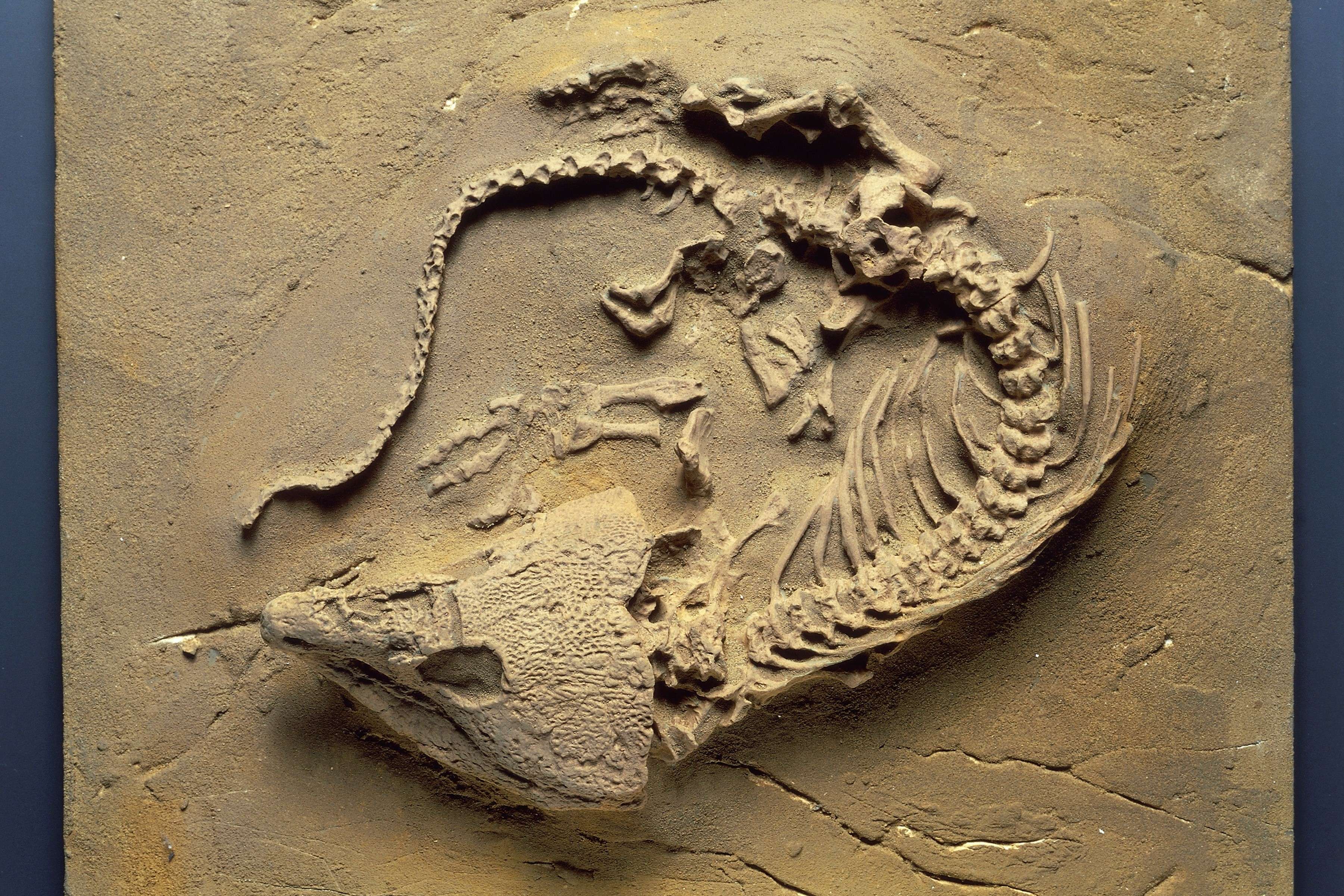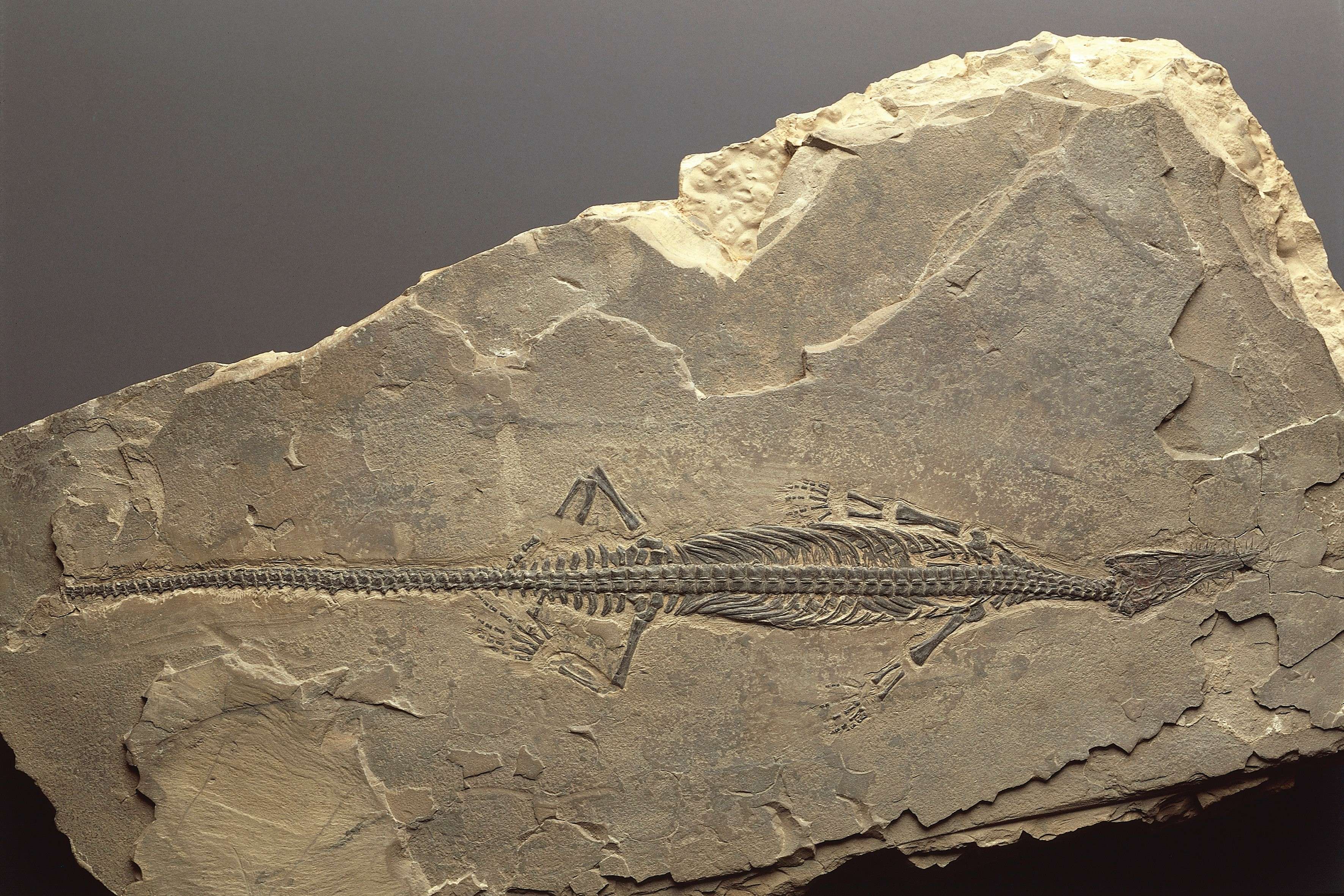Create a free profile to get unlimited access to exclusive videos, sweepstakes, and more!
So now we know why the worst mass extinction ever annihilated almost everything on Earth

The mass extinction that gets attention always seems to be the one that brought down the dinosaurs, but it had nothing on an extinction event that made nuclear explosions look like nothing and happened millions of years before a dinosaur so much as appeared.
Earth’s most devastating mass extinction was not triggered by an asteroid. How the End-Permian Mass Extinction or the Great Dying happened 540 million years ago is known, but the enduring mystery was what caused those phenomena to begin with. Now Menghan Li and Yanan Shen of the University of Science and Technology of China, Northern Arizona University’s Laura Wasylenki, and their team of researchers have unearthed evidence of the “kill mechanism” that wiped out 96% of marine and 75% of terrestrial species. This extinction was apparently set into motion in Siberia up to 300,000 years earlier.
The reserachers recently published a study on their findings, which finally found that nickel ions in a volcanic area known as the Siberian Traps, were the culprit behind the massacre of so much flora and fauna, in Nature Communications.
"Because the timing of the Siberian Traps volcanism corresponds to the Late Permian, some vague hypotheses have been around for a while that weathering of that fresh volcanic rock may have caused marine chemistry to change," Wasylenki told SYFY WIRE, "but exactly how was not known."
How nickel isotopes leeched into the oceans from volcanoes was unknown until the researchers looked closer. Wasylenki credits Shen for suggesting that isotopically light nickel from particles of iron-nickel sulfides was carried in aerosol particles that crept downwards from teh Siberian traps, and that could be seen as tiny inclusions in igneous rocks that formed in the aftermath of the eruption.
Hazardous aerosols released into the atmosphere that would ultimately doom Permian life. These substances were full of nickel isotopes, light enough to float, which were eventually scattered above the entire planet. These isotopes were found to have been released by the eruption that formed the Traps, which is thought to be one of the most monstrous volcanic events ever, with massive lava flows that lasted for decades. Insidious global warming set in. It became difficult for organisms to breathe with the lack of oxygen and overflow of carbon dioxide in the air, while the planet also became more vulnerable to UV radiation.
The Permian creatures above and below are just two of the casualties of the Great Dying, but there was more death in the ocean.
"Because the oceans went anoxic at the end of the Permian, scientists have long thought that some kind of change in marine chemistry must have favored organisms that emit reducing gases, causing them to surge in productivity, which was a disaster for organisms that require oxygen," said Wasylenki
Anything that lived in what was then the Panthalassic Ocean especially suffered. This was the one massive ocean that surrounded the Pangean supercontinent, in which isotopes of nickel were deposited by aerosol particles, warping its chemistry. It became infested with methanogenic, or methane-producing, bacteria after the eruption. These bacteria break CO2 down and release methane as a byproduct. Nickel is the most crucial nutrient for these bacteria, which is why they multiplied so fast and infested Panthalassic waters. Whatever breathed underwater could not get enough oxygen. Metabolisms grew faster as temperatures rose, until the water eventually could not hold enough oxygen for things to survive. The marine ecosystem floundered.
“We’ve known for quite a while that methanogens, which make oxygen-destroying methane, need more nickel than any other organisms because the enzyme methyl co-enzyme M reductase, which they use to make methane, has Ni at its active center," said Wasylenki. "So it was only natural to wonder whether the volcanic rocks, which are basaltic and relatively rich in Ni, might have something to do with how the volcanism ended up causing anoxia."
Life unfortunate enough to dwell in the ocean towards the end of the Permian period also suffered from acidification. Around 30% of atmospheric carbon dioxide is absorbed by the ocean, and levels of CO2 were staggering at the time. When CO2 reacts with water, it forms carbonic acid, which easily breaks down into hydrogen and bicarbonate ions. This drives up levels of acidity in the ocean. Drastically increased acidity during the Great Dying took up most of the carbonate ions needed for some animals to build shells. Others, such as fish, end up with a decreased ability to find a habitat and watch out for predators.
Next to the excess heat, high acidity and lack of oxygen, marine life also perished from metal and sulfide poisoning. Terrestrial life may have not had it as harsh—but conditions on land were brutal enough. The greenhouse effect from intense global warming killed off many organisms that literally could not take the heat. So did toxic levels of atmospheric methane. Every plant or animal that vanished put anything which ate it out of food, and entire food chains were disrupted as a result. Most survivors on land and sea fled to other habitats.
The lingering question is whether this could ever happen again. Wasylenki doens't think it is impossible.
"Humans are already moving things in towards methanogen productivity by letting lots of fertilizer run into the oceans," she said. The fertilizer fuels algal blooms, and then other microbes break down the dead algae’s organic matter using oxygen." That draws down the dissolved oxygen content of seawater. This will be part of the ongoing sixth mass extinction event.
Humans can learn from this even though we will probably not face extinction anytime soon. If mass extinctions can strike out of almost nowhere, anthropogenic damage isn’t helping, so we should prevent everything we can, as soon as we can.



























